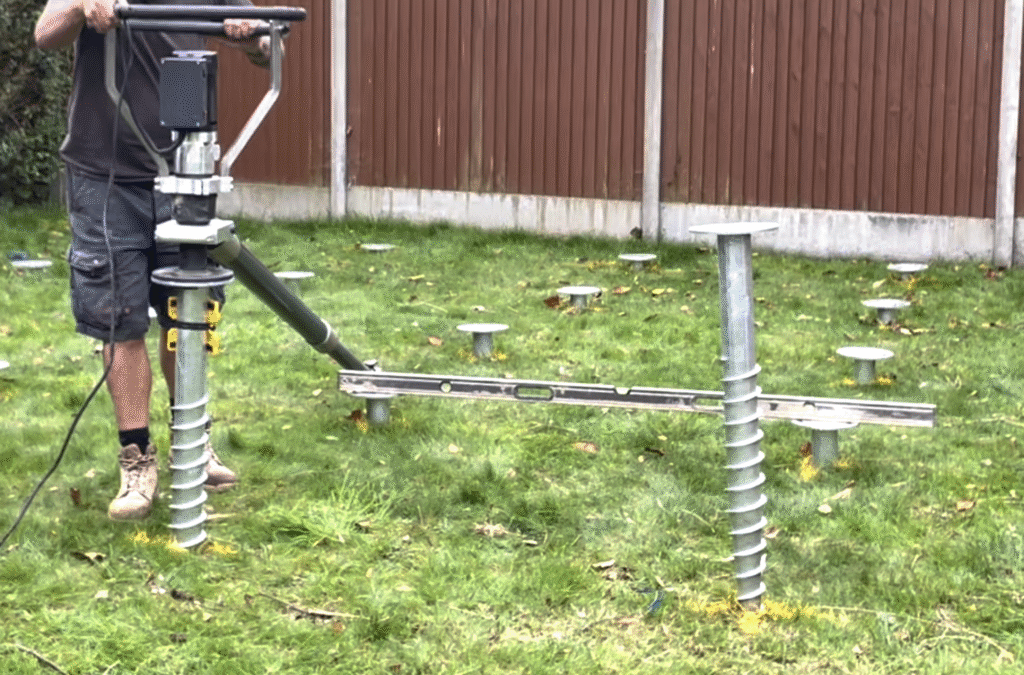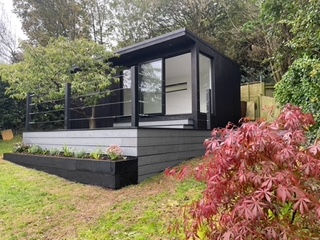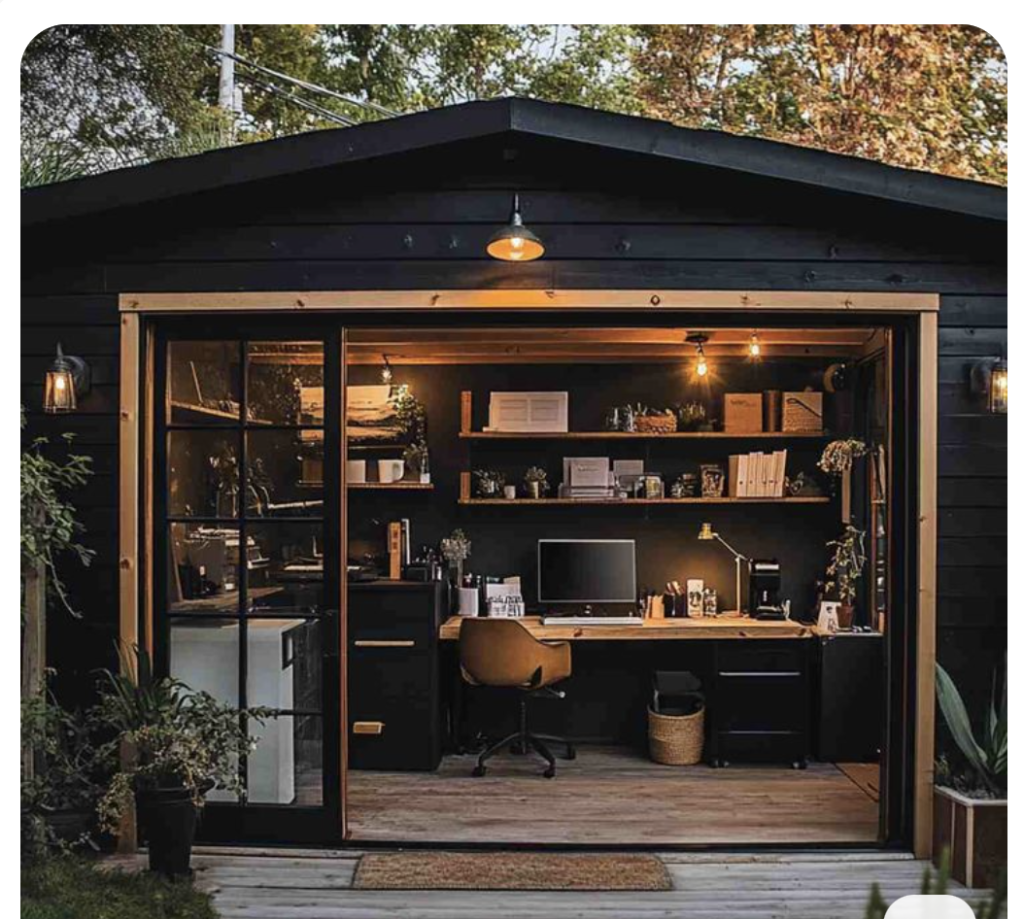
Ground Screws: The Ultimate Eco-Friendly Foundation Solution
What Are Ground Screws? Ground screws are advanced foundation anchors made from galvanised steel. Installers screw them directly into the
Garden rooms, once seen as a luxury, have quickly become a symbol of sustainable living in the UK. These versatile spaces don’t just add square footage – they reduce your carbon footprint, lower energy bills, and enhance your lifestyle.
Whether you dream of a sustainable garden office, yoga retreat or a cosy eco-studio, designing with sustainability in mind delivers long-term value for both you and the environment.
Here’s how we create truly eco-friendly garden rooms:
1. Eco-Friendly Building Materials
The foundation of sustainability lies in the materials you choose.

What Are Ground Screws? Ground screws are advanced foundation anchors made from galvanised steel. Installers screw them directly into the

Stylish Spaces for Modern Living At The Garden Room & Annex Company, we specialise in creating beautiful, functional spaces that blend

Imagine a writing retreat, art studio or music room in your garden Your home should be more than just a